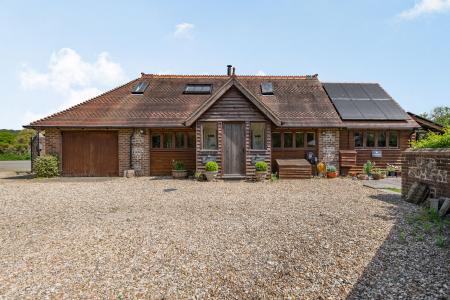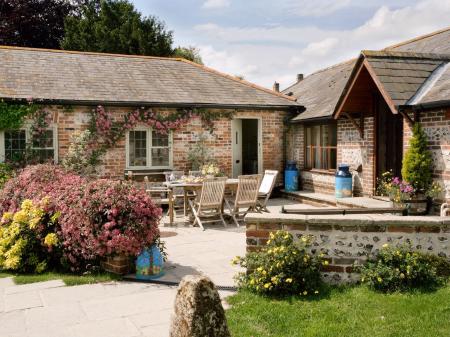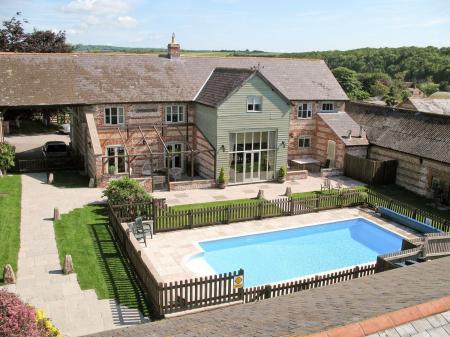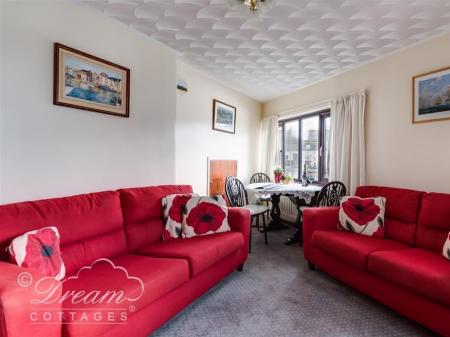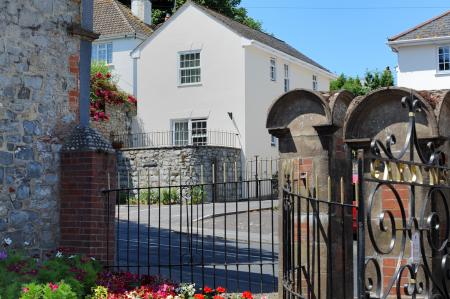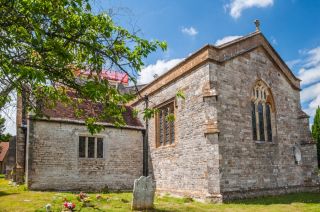
Puddletown was used by Thomas Hardy as his model for the village of Wetherbury in his novel, Far From the Madding Crowd. Though some features of the village have changed since Hardy wrote his novel, much of the surrounding countryside would be familiar to him today.
The village as we see it owes much of its appearance to the efforts of John Brymer, who, in 1864, undertook to rebuild many of the buildings in Gothic style.
At the heart of the village is the parish church of St Mary the Virgin. The church dates to the Norman period, with much 15th-century rebuilding. The interior boasts fine woodworking, a beautifully carved Norman font, and wonderful tombs to the Martyn family of Athelhampton.
Nearby is the Square, the scene of weekly markets since the 13th century. Opposite Doctors Lane are water meadows, intentionally laid out in the 17th century. The village guidebook claims that this makes them the oldest in the county, and possibly the oldest in England.
On the High Street, near Rendals Row, is Cobblers, where Hardy's uncle John lived and worked as a shoemaker. Hardy is known to have visited Cobblers on many occasions. Nearby is a terrace of 8 cottages built by John Brymer in Gothic style.
Brymer's intention was to provide for the worldly and the spiritual care of his tenants. In practical terms that meant new housing, replacing older cottages that we might today regard as more interesting of picturesque, with Gothic Revival alternatives.
Brymer had little tolerance for dissenting religion; he evicted Humphrey Stephens from the grocer's shop in 1889 for his religious and political leanings. Stephens built Zoar House on Athelhampton Street, just outside squire Brymer's land, and erected a high hedge to screen his property from his less tolerant neighbour!
Near the church is the manor house, formerly Islington House but now renamed Old Manor. This is a neat Queen Anne style house built around 1690 on the site of a much older house. It was owned for many years by General Thomas Garth, who served as Equerry to George III, and members of the royal family visited the house on several occasions.
 We've 'tagged' this attraction information to help you find related historic attractions and learn more about major time periods mentioned.
We've 'tagged' this attraction information to help you find related historic attractions and learn more about major time periods mentioned.